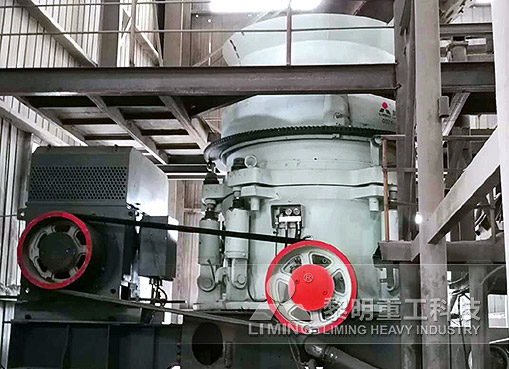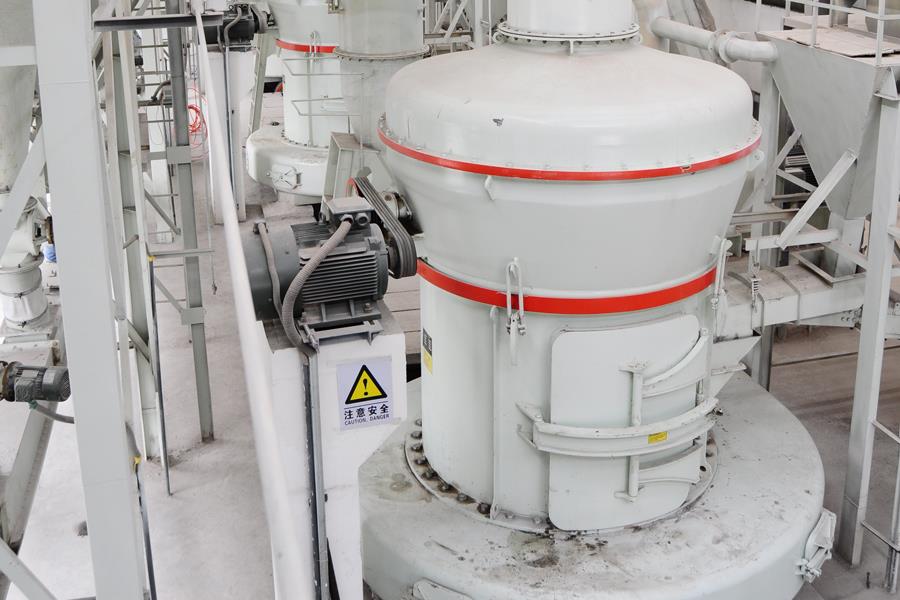

The wet method for dust reduction in the south is abundant in water, the dry method for breaking through in the north is drought, and the semi-dry process solves the problem of sand and gravel powder content - choosing the right process is the lifebloo
The wet method for dust reduction in the south is abundant in water, the dry method for breaking through in the north is drought, and the semi-dry process solves the problem of sand and gravel powder content - choosing the right process is the lifeblood of the sand and gravel production line. It is necessary to balance dust control and water resource consumption, and to match climatic conditions according to local conditions, which ultimately determines the quality of the finished sand and production cost.
The main processes of the sand and gravel production line are as follows:
1. Wet processing technology
The wet processing technology is to wash with water during material screening and crushing, and use stone washing machines and sand washing machines to wash coarse and fine aggregates. This process will be used when the raw materials contain mud, many weak particles, or the finished sand and gravel powder content is high. According to the properties of the raw material soil, the sand washing method is divided into screen surface washing and sand and gravel washing machine washing, which needs to be determined by comprehensive factors such as mud content.
The advantage of this process is that it has less dust pollution and high water washing and screening efficiency. However, it consumes a lot of water, faces problems such as high costs for fine powder recovery and sewage treatment, serious loss of fine sand and stone powder, difficulty in dehydrating finished sand, and low sand formation rate. This process is suitable for areas in the south with high temperatures and abundant water resources, but not suitable for areas in the north with water shortage and winter ice.

2. Dry production process
Dry processing technology means that except for the spray water in individual dust removal process links, the process of the entire production line basically does not use water.
Advantages: no water or very little water consumption, less stone powder loss, mainly used for raw material cleaning, high sand formation rate, low stone powder content of sand and gravel aggregate system.

Disadvantages:
1) Due to the high water content of dry processing raw materials or high soil content of raw materials, fine aggregate is not easy to screen through, and the soil content or fine powder content exceeds the relevant standard requirements;
2) The dust at each processing point of dry processing is large, and the investment and operation costs of the dust removal system are high;
3) When the fine powder separation device is not installed, the fine powder content of the finished sand exceeds the standard. The northern region of my country is severely water-scarce due to drought in summer and severe cold and ice in winter, which is particularly suitable for dry production technology. With the gradual tightening of environmental protection requirements in my country, especially the entry of my country's cement industry into the large-scale sand and gravel aggregate processing industry, the process of sand and gravel aggregate factoryization has been further promoted.

3. Semi-dry production process
The semi-dry processing technology generally refers to the wet-first and dry-last production process. That is, the pre-screening adopts wet production and controls the moisture content of the output, and the shaping sand screening system adopts dry production process. The advantages are: the water consumption is less than the wet method, the wastewater treatment volume is not large, the stone powder loss is small, and the dust pollution is also less. The disadvantage is that after the sand making raw materials are washed, they need to be mechanically or long-term naturally dehydrated to ensure that the moisture content of the raw materials entering the sand making machine is not more than 3%, otherwise the sand making rate and screening efficiency of the sand making machine are low. It is mainly suitable for the sand used in hydraulic roller compacted concrete dams where the raw materials have a small mud content and the finished sand requires a high powder content.
Previous: SMP Crusher
Next: SMP Crusher

The wet method for dust reduction in the south is abundant in water, the dry method for breaking through in the north is drought, and the semi-dry process solves the problem of sand and gravel powder content - choosing the right process is the lifebloo
The wet method for dust reduction in the south is abundant in water, the dry method for breaking through in the north is drought, and the semi-dry process solves the problem of sand and gravel powder content - choosing the right process is the lifeblood of the sand and gravel production line. It is necessary to balance dust control and water resource consumption, and to match climatic conditions according to local conditions, which ultimately determines the quality of the finished sand and production cost.
The main processes of the sand and gravel production line are as follows:
1. Wet processing technology
The wet processing technology is to wash with water during material screening and crushing, and use stone washing machines and sand washing machines to wash coarse and fine aggregates. This process will be used when the raw materials contain mud, many weak particles, or the finished sand and gravel powder content is high. According to the properties of the raw material soil, the sand washing method is divided into screen surface washing and sand and gravel washing machine washing, which needs to be determined by comprehensive factors such as mud content.
The advantage of this process is that it has less dust pollution and high water washing and screening efficiency. However, it consumes a lot of water, faces problems such as high costs for fine powder recovery and sewage treatment, serious loss of fine sand and stone powder, difficulty in dehydrating finished sand, and low sand formation rate. This process is suitable for areas in the south with high temperatures and abundant water resources, but not suitable for areas in the north with water shortage and winter ice.

2. Dry production process
Dry processing technology means that except for the spray water in individual dust removal process links, the process of the entire production line basically does not use water.
Advantages: no water or very little water consumption, less stone powder loss, mainly used for raw material cleaning, high sand formation rate, low stone powder content of sand and gravel aggregate system.

Disadvantages:
1) Due to the high water content of dry processing raw materials or high soil content of raw materials, fine aggregate is not easy to screen through, and the soil content or fine powder content exceeds the relevant standard requirements;
2) The dust at each processing point of dry processing is large, and the investment and operation costs of the dust removal system are high;
3) When the fine powder separation device is not installed, the fine powder content of the finished sand exceeds the standard. The northern region of my country is severely water-scarce due to drought in summer and severe cold and ice in winter, which is particularly suitable for dry production technology. With the gradual tightening of environmental protection requirements in my country, especially the entry of my country's cement industry into the large-scale sand and gravel aggregate processing industry, the process of sand and gravel aggregate factoryization has been further promoted.

3. Semi-dry production process
The semi-dry processing technology generally refers to the wet-first and dry-last production process. That is, the pre-screening adopts wet production and controls the moisture content of the output, and the shaping sand screening system adopts dry production process. The advantages are: the water consumption is less than the wet method, the wastewater treatment volume is not large, the stone powder loss is small, and the dust pollution is also less. The disadvantage is that after the sand making raw materials are washed, they need to be mechanically or long-term naturally dehydrated to ensure that the moisture content of the raw materials entering the sand making machine is not more than 3%, otherwise the sand making rate and screening efficiency of the sand making machine are low. It is mainly suitable for the sand used in hydraulic roller compacted concrete dams where the raw materials have a small mud content and the finished sand requires a high powder content.
Previous: SMP Crusher
Next: SMP Crusher
 How to improve the service life of jaw plate of jaw crusher
How to improve the service life of jaw plate of jaw crusher Causes and treatment methods of vibration of sand making machine rotor
Causes and treatment methods of vibration of sand making machine rotor What are the advantages of cone crusher in waste stone crusher
What are the advantages of cone crusher in waste stone crusher What are the factors that affect the reliability of the vibrating screen in the gravel production line?
What are the factors that affect the reliability of the vibrating screen in the gravel production line? How to solve the problem of sand making machine blocking? How to prevent sand making machine equipment aging
How to solve the problem of sand making machine blocking? How to prevent sand making machine equipment aging How to improve the service life of jaw plate of jaw crusher
How to improve the service life of jaw plate of jaw crusher Causes and treatment methods of vibration of sand making machine rotor
Causes and treatment methods of vibration of sand making machine rotor What are the advantages of cone crusher in waste stone crusher
What are the advantages of cone crusher in waste stone crusher What are the factors that affect the reliability of the vibrating screen in the gravel production line?
What are the factors that affect the reliability of the vibrating screen in the gravel production line? How to solve the problem of sand making machine blocking? How to prevent sand making machine equipment aging
How to solve the problem of sand making machine blocking? How to prevent sand making machine equipment aging